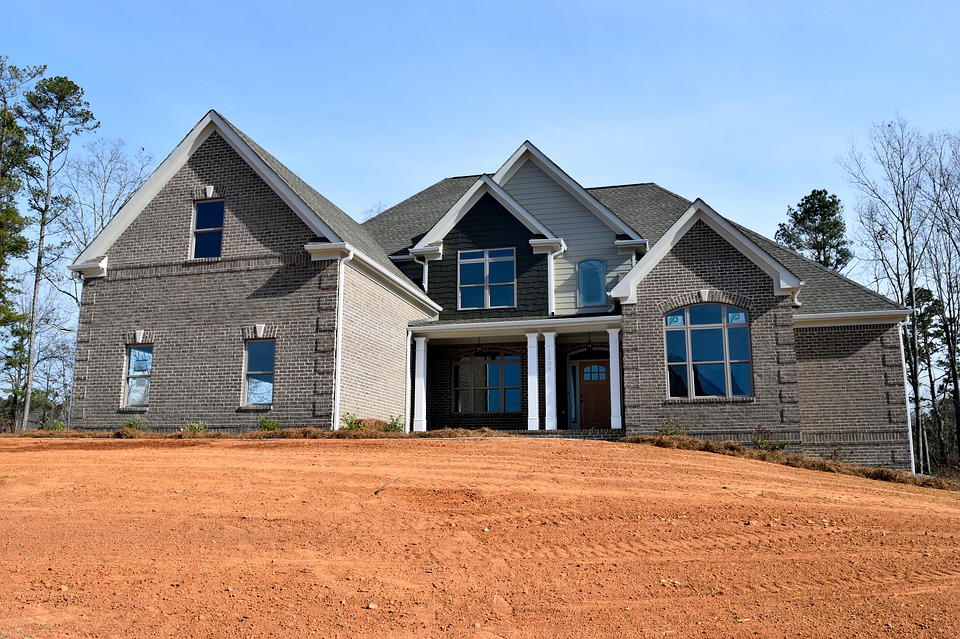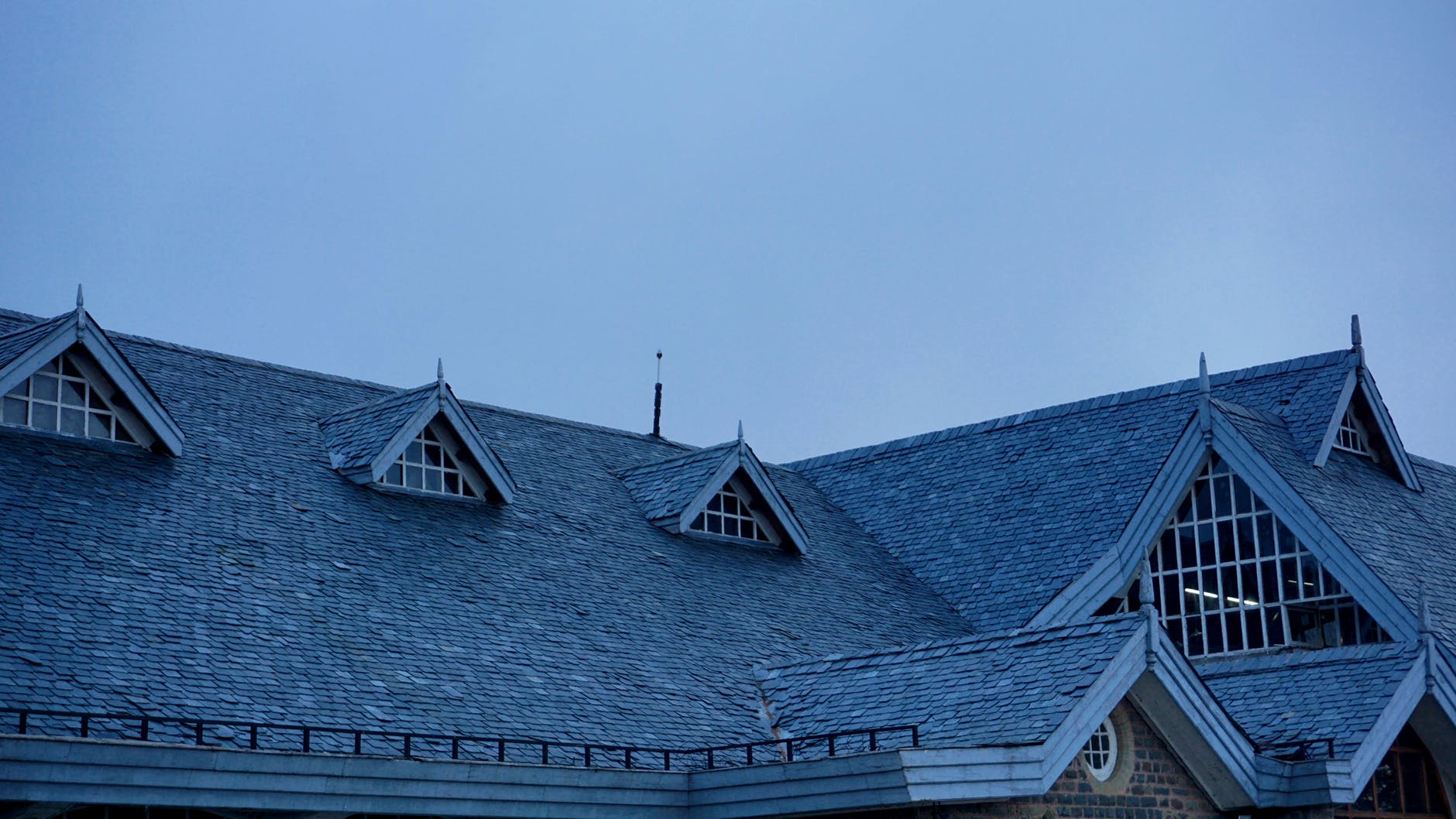6 Things the Inspector Should Check in a Long Island Home Inspection
Most residential real estate contracts give the buyer an opportunity to perform inspections on the property. These home inspections are a way to evaluate the condition and value of Long Island property, and a buyer shouldn’t overlook or underestimate their importance.
Typically, a buyer will hire a professional home inspector to handle the actual review and investigation into the property, but you are welcome to provide a few notes or direction. What should the home inspector be certain to look at and confirm? Our team at the Law Office of Sami Perez has a list of six essential factors that a home inspector should check.
#1: Condition of Electrical Wiring
Faulty electrical wiring is a major safety concern in the home. Fried or frayed wires are a fire hazard and a leading cause of residential fires in Long Island. However, most homeowners are unlikely to notice faulty wiring, as the issues are hidden behind drywall, paint, and other materials. Therefore, it is often up to a home inspection to notice the problem before it becomes a huge issue.
While safety is a top concern during any home inspection, money is a considerable and, for some people, equal consideration. Faulty wiring can be expensive to replace. Discovering a Long Island home has old or damaged wiring after a sale could drastically change the cost of renovations or repair work.
As well, a home inspector should confirm that the electrical configuration in the home is sufficient for the property’s usage. A closer look should be given to older homes, where the electrical panel and circuit breaker configuration could be outdated.
#2: Grading and Sloping on the Property

As you will see throughout this list, water damage is a substantial consideration during a home inspection. First, water damage isn’t immediately apparent in a Long Island home because it dries and only leaves behind certain signs of the bigger issue. Second, problems involving water damage are difficult to fix.
That is why it is essential for a Long Island home inspector to review the grading and sloping on a residential property. If the ground continuously or severely slopes towards the house, there is likely to be water damage and flooding during a heavy rain. Alternatively, poor or improper grading could leave water standing along the foundation of a building or structure, leading to cracks and damage to the foundation.
#3: Moisture in the Walls or Basement
Just as rain and standing water can lead to problems on the exterior of a house, moisture on the inside is also a source of damage and ongoing problems. Frequently, where there is moisture, whether in the walls, floors, or foundation, there is also mold and mildew. An issue in Long Island that home inspectors know and recognize is toxic black mold, which can develop from the extensive presence of moisture.
The cost of professional mold removal is in the thousands of dollars, which will be yours to pay if mold or mildew is missed during the home inspection.
#4: Foundation and Structural Problems
A home inspector should look at more the mold or mildew in a Long Island home’s lower level. Checking for cracks and imperfections in the house’s foundations and confirming there aren’t other structural problems is absolutely necessary. Even minor structural issues should be stated on your inspection report, and it is a good idea to confirm with the inspector before he or she begins that this is a significant issue on your list.
#5: What Roofing Materials Were Used

The roof tells you a lot about the house. It signifies the age and overall condition of the Long Island property, and a damaged roof is a telltale sign that the prior property owner wasn’t consistent with maintenance and upkeep. As well, replacing a roof is another expensive and major improvement, so you want to be certain the current one is going to last.
An easy way to let the home inspector know you are interested in the condition and lifespan of the roof is asking for confirmation of the materials used and date when the current roof was installed. This will help you understand how long you can wait before paying for a new one.
#6: Heating and Cooling Defects
Heating and cooling systems aren’t just a luxury anymore in Long Island, but the timeframe for installation in a particular property could span 20 to 25 years. Certain houses installed central air conditioning back in the 1970’s, while others waited until the mid-1990’s. For that matter, there are still several homes on Long Island that still use localized air conditioning units and heaters.
The notes your Long Island home inspector should provide include the estimated date of installation or replacement of your furnace, humidifier, and air conditioner, confirmation that the installation was done properly, and whether maintenance appears current. This information could save you from making an unexpected investment in the property during your first year or two of ownership.
More Tips on Buying a Long Island Home
If you are looking for other information on buying a Long Island home, turn to a residential real estate lawyer. Sami Perez is one of the top real property lawyers on Long Island, and our local office is ready to assist you in the purchase of your dream home. To speak with our team, simply call 516-216-5060.
The information in this blog post (“Post”) is provided for general informational purposes only, and may not reflect the current law in your jurisdiction. No information contained in this Post should be construed as legal advice from The Law Office of Samilde Perez or the individual author, nor is it intended to be a substitute for legal counsel on any subject matter.
